Our intentives team hosted a sales group in Budapest (Hungary), Bratislava (Slovakia), and Prague (Czech Republic) in early February of this year. February is usually a cold month in Europe and this year temperatures plummeted to record lows and more than 300 people died of exposure – more specifically in Romania, Russia, and the Ukraine.
Armed with thermal underwear and pass-me-downs our group of 42 Saffers left Cape Town on 10 February for Budapest via Frankfurt on the services of Lufthansa. We have received many complaints from this group concerning the services of Lufthansa starting with the unfriendly check-in staff, the very old Boeing 747-400 used on the route to Frankfurt, the absence of individual TV screens, poor selection of on-board entertainment, poor catering, and generally grumping and obnoxious air crew. So, the start was not that good but it got better on arrival at Budapest, albeit a bit frosty.
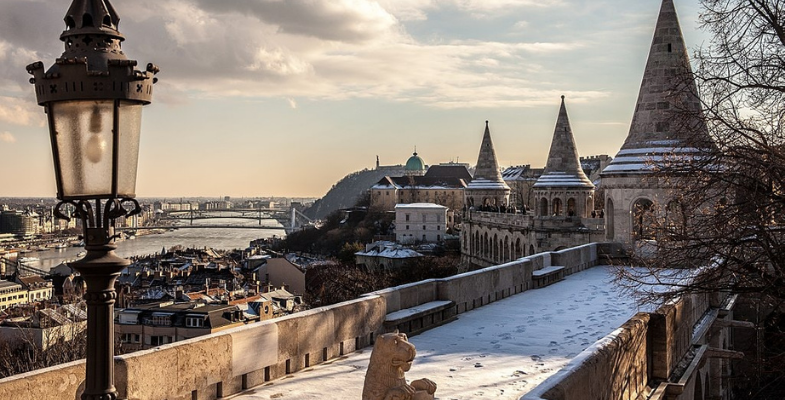
Nothing could prepare us for the -14 degrees ice-cream-headache awaiting us post luggage collection. Much of the city was still coated in soft layers of snow and the brave sun turned the landscape into a living Christmas card – like the ones sent by Aunty Nora from the Outer Hebrides every November.
Central Europe has much to offer special interest groups, FIT’s and corporate incentives. There is much to see and do to fill a day or a week. Ample product ensures all tastes are catered for from Formula One right through to Four Seasons. Much of Central Europe’s unique culture remains intact and there is still a good whiff of paganism and Stalinism to be savoured.
The city of Buda and Pest (pronounced ‘pesched’) straddles both sides of the Danube – a regal European waterway that flows from the Black Forest to the Black Sea. For the first time in many years, ice floes curbed water traffic and hearing the ‘icebergs’ crash and crack against the bridge supports was quite exciting.
Several bridges across the Danube link Budapest – an elegant and ancient city which has been occupied for over a 1000 years making it Europe’s oldest city. Two impressive bridges caught our attention, the Liberty Bridge and the Lion Bridge.

Besides goulash – the heavenly Hungarian paprika spiked signature dish, apfelstrudel and gypsy music, the other must do is to spend a few hours or a day at a thermal spa. These spa’s do not pretend to be the Vichy Royal Baths – but rather a place for the working class to relax, chat, play chess and to talk politics. The spa culture dates back to the Ottoman
Empire and many of these complexes ooze history and faded elegance. Our group spent an afternoon at Széchenyi Baths – a Hapsburg area complex with no less than 3 outdoor pools and 10 indoor spa pools – all offering different types of mineral content and temperatures with the hottest tub being 40 degrees. This was an afternoon well spent to rid ourselves from Lufthansa’s flight fatigue.
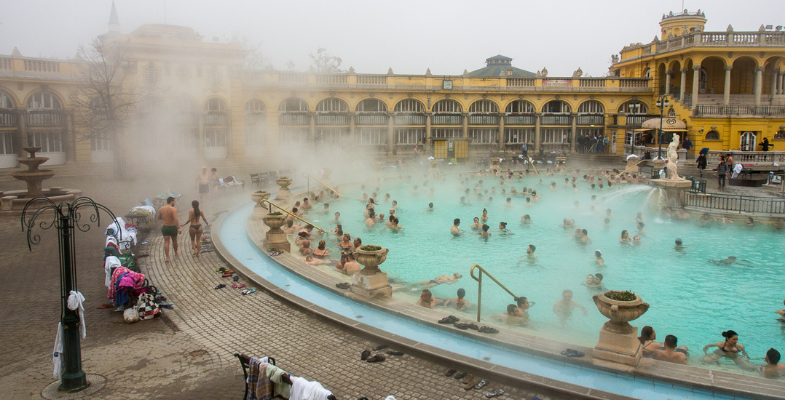
A great orientation walk is the forested slopes of Gellert Hill, offering great city views under the watchful eye of the Hungarian Lady Liberty. The city itself is easy to explore on foot and some of the world’s top hotel brands are to be found along the Danube, such as the Gresham Palace Four Seasons Hotel, occupying a magnificent building dating to 1909 in true and original Art Nuevo style. This is an address to remember…..

Hungary is no stranger to occupation, wars and human tragedy. The original Hungarian tribes hail from Asia Minor bringing with them a language unlike any other spoken in Europe. The Ottoman Empire stayed for 150 years and the Hapsburg Empire lasted for another 600 years. More recently Nazi Germany occupied these lands followed by the Russians. But before that approximately 750 000 Jews were sent to death camps which is roughly 10% of all the Jews that perish during the Second World War. Hitler successfully destroyed all of the ancient Jewish communities and not much remains of that culture. However near the city center is the decorative (Art Nuevo / Moroccan style) and imposing Grand Synagogue – Europe’s largest and second in size to the Grand Synagogue in New York. The Tony Curtis Foundation restored this unusual cathedral like place of worship to its former glory and it is well worth visiting.
Two other city highlights not to be missed: Freedom Square and Buda Castle District – here history buffs or keen photographers will have a field day. Look out for the underground hospital and nuclear bunker stretching for 10km’s under the city. And to defrost after a morning of being Tommy Tourist in subzero temperatures we loafed for a while with a hot chocolate at Ruszwurm, a heavenly coffee house operating since 1827. Only in Europe!
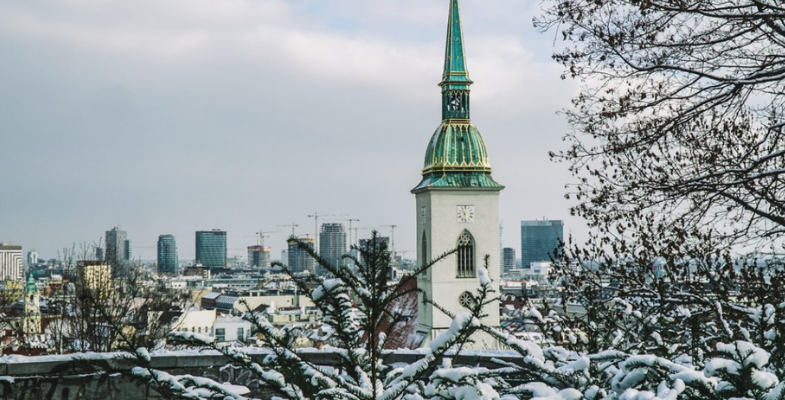
Bratislava is a mere 90 minute drive from Budapest and 35 minutes from Vienna. This small city is also located on the Danube and can be explored in a day, the true beauty of Slovakia lies in her country side – especially the mountainous region on the border with Poland. A number of ski resort have sprung up since the fall of the communist regime.
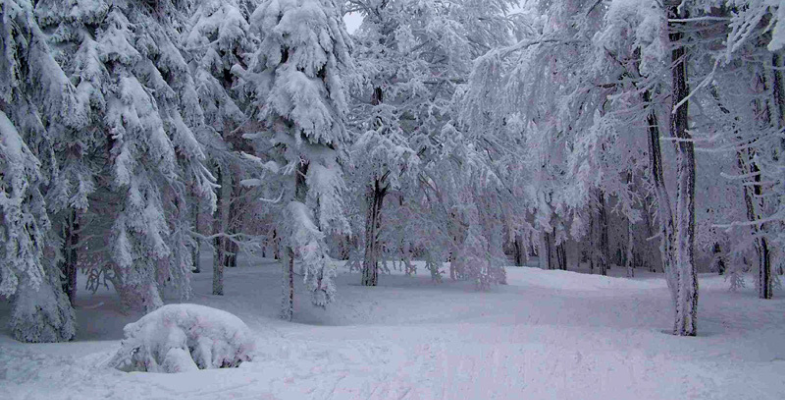
The gem of Central Europe is Prague the ancient medieval capital of Czech Republic. Prague escaped most of the destruction associated with WW2 and therefore offers a unique glimpse in a time machine. The city is in very good shape, clean and functional. Czech’s are generally well educated and have a strong affinity for music – be it classical or hard core rock. Czech’s are also the world’s biggest consumer of beer and over 170 different types of beers are brewed in this land.
The heart of Prague is the Old City, which lies on the shores of Vltava River a navigable watercourse which is spanned by several bridges of which Charles Bridge is by far the most poetic. Central to the history of Prague is the Jewish Ghetto. Here Jews have been living since the 15th century and since they had no property rights this nation flourished in the arts, finance and academics. Of interest in the Ghetto are the many fine examples of synagogues dating from the Romanesque period and a cemetery where corpses were buried on top of one another creating a rather interesting layer of coffins and tombstones. Sadly a very small number of Czech Jews survived the Holocaust.
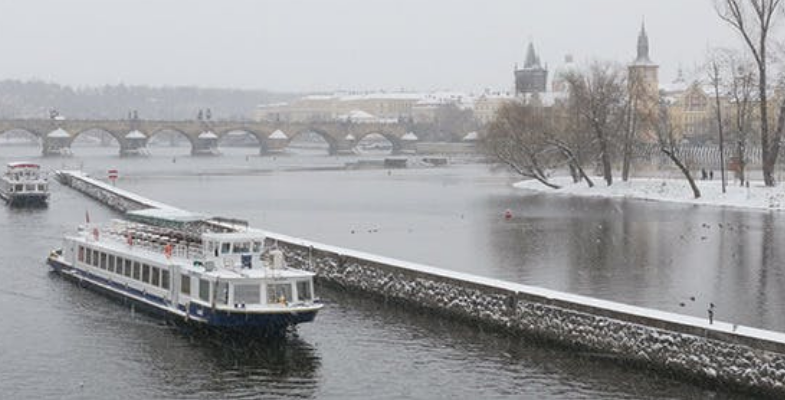
Another favourite spot discovered is the Kampa Museum of Modern Art. This revamped mill-house offers spectacular views across Vltava river and Charles Bridge. Close by is a fascinating museum dedicated to the life and work of Josef Kafka, an iconic Czech writer despised by the Soviets and loved by the Liberation movement.
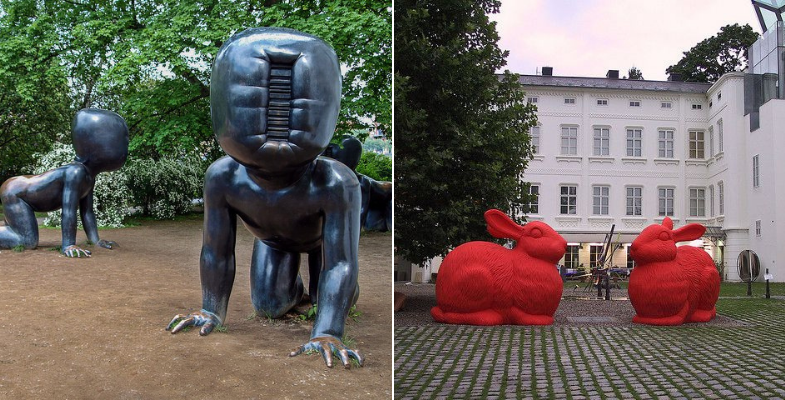
Dominating Prague’s skyline is the Castle District – home to both the President of the Czech Republic and the Arch Bishop. Cobbled streets, panoramic vistas, quaint coffee shops, spiraling cathedrals, and watchful palace guards complete a rather imposing picture. And for the devout, a visit to Prague is not complete without an hour or two at Loretta. This classical cathedral complex is home to a true replica of the house of Virgin Mary and a vault with gem and cold encrusted gifts offered by the rich to the church to ensure a safe and direct passage to heaven.
But for me, heaven is when night falls on Prague.
